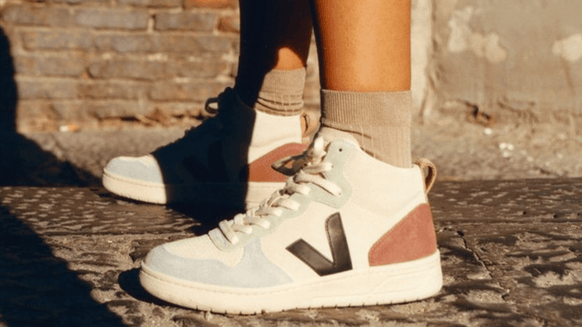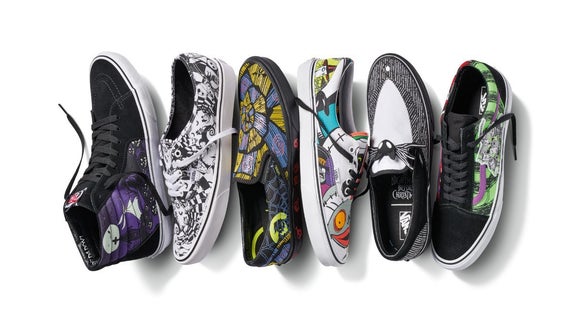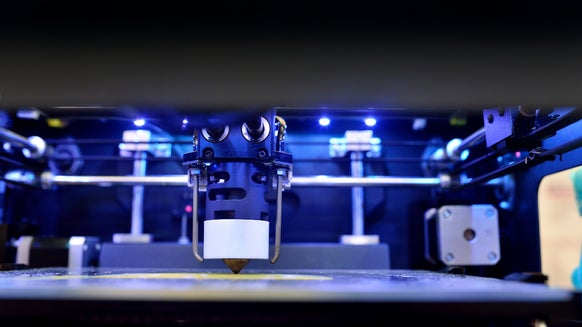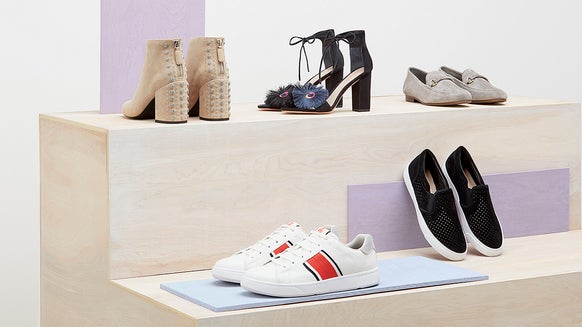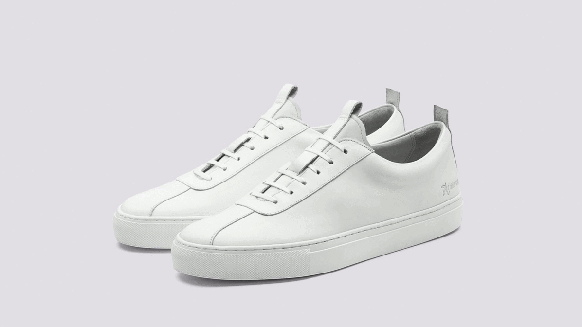VEJA: Introducing the Sneaker Brand Shaking up the Footwear Industry
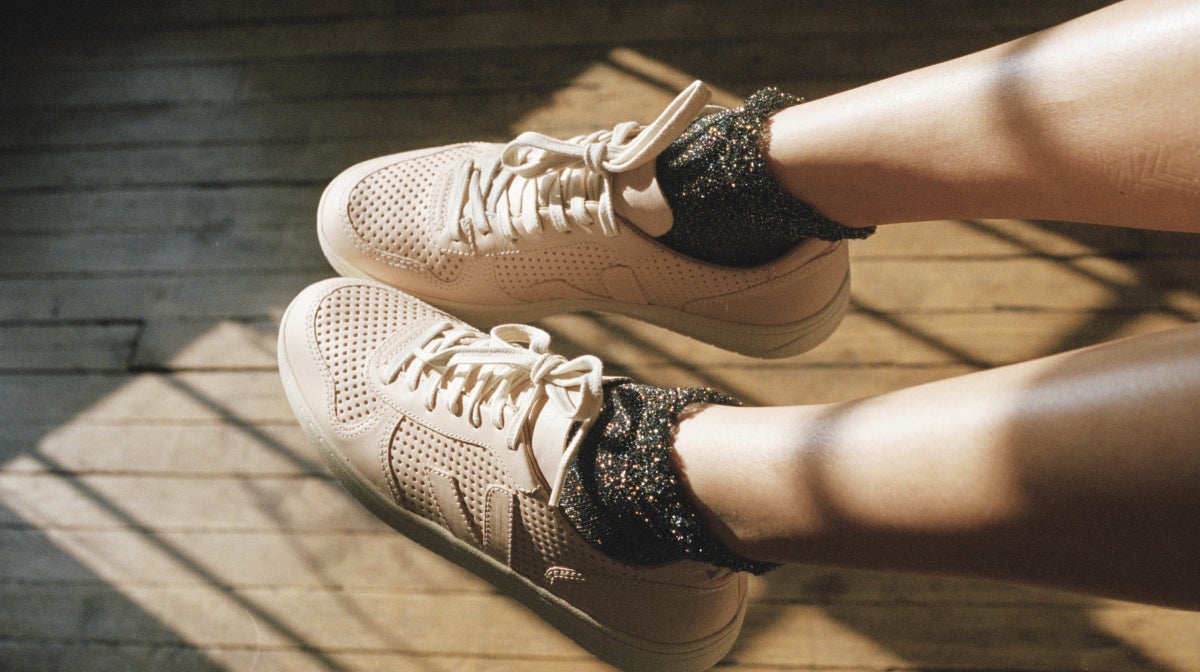
It isn’t often that a business is conceived with the goal of creating another, fairer world. But it was with this aim in mind that Vejafounders Sébastien Kopp and François-Ghislain Morillon started up their sneaker venture back in 2004. The Veja project is built around the idea of creating a supply chain that respects both humans and the environment; The brand works with small Brazilian producers to promote eco-farming, reduce deforestation, support workers’ rights and help create employment for poor families.
Its Brazilian workers are organised into co-operatives who farm organic cotton for Veja’s uppers and source wild rubber from the Amazon, the only place on the planet where rubber plants grow in the wild. Veja pays its cotton farmers and rubber tappers, or Seringueiros, between 30% and 100% more than the world market price. The brand’s operation is completely transparent, allowing you to understand exactly how and where its materials are produced, how they are shipped to the brand’s warehouse in France, and how they are distributed from that point, striving to deliver fairness at each and every point along that journey. In doing so, Veja underlines how much work there is to be done in shoe manufacturing to make the process fair, sustainable and economically friendly. And it does so by demonstrating how it might, can, and should, be done.
The Materials
Cotton
https://vimeo.com/4352540
Located in the Northeast of Brazil, the state of Ceará has vast wealth inequalities, fragile soils and a tendency towards drought. In contrast to the predominant monoculture farming system, a group of small producers grow cotton and food plants under agro-ecology principles which ban agro-chemicals and pesticides.
For those small-scale farmers (who have on average one hectare of land), farming development goes hand-in-hand with environmental protection. Veja buys cotton from 320 families who live from organic farming. Respecting fair trade rules. This cotton is spun then weaved into canvas for Veja sneakers and accessories.
AN ECONOMY AT THE RIGHT SCALE
For the past seven years, Veja has been working with ADEC (Associação de Desenvolvimento Educacional e Cultural) – an association of growers located in Tauá, North-east Brazil.
Organised into an association, the producers pool their harvests in the same warehouse and by working together, minimise cotton transformation costs.
Working directly with ADEC has allowed Veja to establish a seamless, human-based business model that avoids any middlemen and makes sure that reasonable profits go directly to the producers themselves.
On average, each member of ADEC owns a farm of about 1 hectare and produces 150 kg of seed cotton annually.
The seed cotton is bought by ADEC and then processed into cotton lint. A mutually agreed price for the lint has been determined. In 2013, the price is 2,45 EUR/kg (certified organic cotton), 2,04 EUR/Kg (cotton in conversion) which is 65% superior to the market price – according to the NYBOT index. An additional premium of 0,5 EUR is paid to the producers for each kilo of cotton. This price has been worked out acknowledging the expenses incurred in agro-ecological farming and a decent revenue for the producers.
A fair-trade premium is paid to the association at the end of the harvest. This premium is usually used collectively to improve the producers’ general standard of living. Between 2007 and 2009 the premium was used to pay for the official certification of the organic cotton and fair trade process.
Wild Rubber
https://vimeo.com/4469197
The Amazon is the only place on earth where rubber trees grow in the wild.
Inside the Chico Mendès extractive reserve, located in the Brazilian state of Acre, Veja works with Amopreab, an association of Seringeiros – the rubber tappers. We also recently started to work with two new associations located in Feijó Distric in the state of Acre: “Parque da Cigana” & ” Seringal Curralinho”. Today, 60 families of Seringeiros are part of our project.
The Amazonian rubber tappers live in the forest and harvest from the trees. The rubber is then used in the soles of Veja trainers.
The rubber tappers use a new technology developed by Professor Floriano Pastore of the University of Brasilia. This process, called FDL (Folha Desfumada Liquida – Liquid Smoked Sheet) allows the rubber tappers to transform latex into rubber sheets, without any industrial intermediary processes.
The sheets of rubber are then directly sent to the factory and shaped into soles.
This technology permits the Seringueiros to sell semi-finished products and receive a higher income.
Since 2007 Veja has been working with Bia Saldanha, the Brazilian Green Party co-founder and environmental activist. She provides technical support for the rubber tappers and she coordinates the rubber supply chain.
THE AMAZON: SUSTAINABLE MANAGEMENT VS SHORT-TERM PROFITS
Since the 1960s, the increasing use of synthetic rubber derived from petroleum has resulted in a very low price for natural rubber.
The inhabitants of the forest have thus moved from rubber tapping to more profitable activities such as cattle-raising and wood extraction which both involve land clearing. Consequently, soils are no longer protected by the cover of vegetation and are subject to an accelerated erosion rate and desertification.
The survival of the Amazonian rainforest is dependent on more sustainable management of its resources. Latex extracted from rubber trees is one of them; A fairer price paid for latex guarantees a better income for the rubber tappers and might be perceived as an incentive to keep trees up.
In 2012 Veja bought Brazilian wild rubber (FDL) at 2.33 EUR/kg.
As a matter of comparison, the price of planted natural rubber from São Paulo varied between 1.60EUR/Kg to 1.90 EUR/Kg – according to the GEB-1 index in 2010. Synthetic rubber price is determined by oil price and varied between 1 EUR/Kg and 1.2 EUR/Kg in 2010.
Leather
https://vimeo.com/8329135
Leather is not made under fair trade principals; In essence, it cannot be. Indeed, cattle breeding needs extended fields and the relevant financial inputs.
Leather producers are not marginalized. Veja works with organic cotton and wild rubber producers, their situation is not comparable to the leather producers. It is difficult to work directly with leather producers and it is quite impossible to be sure of the leather’s origin or the way the cattle have been treated.
However, we know that the cattle do not come from the Amazon where cattle breeding is a main factor in deforestation. Veja’s ultimate objective is to be knowledgeable and in control of our whole leather supplier chain, from the cows nurturing and living conditions to the tanning and dying process of the leather.
The Process
Fabrication
Veja trainers are made in factories located in the state of Rio Grande Do Sul, a well-developed region in South Brazil. Workers’ rights are respected and any overtime hours are paid. The factories have become real partners for us over the past years we have been working with them. Our continuously evolving standards push them to adapt and constantly improve the fabrication conditions. Social audits carried out in the factories as part of the certification process (FLO-Cert and Ecolabel) have also encouraged this progress.
BEHIND THE TRAINERS: WHO MAKES THE TRAINERS?
Veja works with factories close to Porto Alegre. Many of the employees are part of a community of German descendants who arrived at the end of the 19th century.
Compliance with the core ILO Labour Standards is not enough to guarantee dignity at work. Other criteria must be taken into account, such as the workers’:
- Freedom to gather and stand for their rights
- Quality and proximity to their dwellings
- Standards of living and purchasing power parity
- Social benefits and employees’ free speech rights
Veja has been working with the sneakers factories since 2005, and 60% of the workers live in towns and villages surrounding the factory (47km being the furthest one). The other 40% live near the factory. The factory has pre-arranged coach services.
All workers own decent standard houses (with water, electricity, etc). 80% of them are union members. The average wage of the factory workers was equivalent to 238 Euros a month in 2010. A premium was also paid at the end of the year.
The legal minimum wage for the shoe industry in Brazil was 205 euros a month in 2010.
The factory employees are entitled to 4 weeks’ paid holiday and they do not work on bank holidays. Overtime is paid. On average, an employee works a maximum of 2 hours extra a day. This is only the case in high season.
Each employee contributes 7 to 11% of his salary to INSS (Governmental Pension Scheme). In case of redundancies or resignations, the contributed sum belongs to them.
Shipping: Atelier San Frontières
https://vimeo.com/8235367
The Atelier Sans Frontières association (ASF) facilitates people facing social exclusion to find work. The association helps them to build a new life and promotes their social, professional and personal development.
Since Veja’s creation, ASF has received all trainers sent from Brazil. ASF stores them and prepares the orders. They are then dispatched to the stores retailing Veja. ASF logisticians are also managing the functional part of our online store.
ASF is in charge of printing, preparing, packing and sending orders. Beyond this partnership with Veja, ASF tries to involve its employees in other tasks. This includes collecting old sports material and computers and repairing them. Work is adapted to the people depending on their skills and experience. The aim is to aid the employees in their professional career and life projects.
The Future: Limitations
The Veja project is far from perfect. It can be examined on many levels to reveal many limitations. Fairtrade is not perfect and neither are ecological ideals. Contradiction remains as changes are still difficult to implement.
Veja is an investigation, a project that is constantly evolving. This consistent development aims to reach perfection. Here are its current limits and future aspirations:
- As production is low, Veja does not need many pairs of laces. Thus, its laces are not made with organic cotton
- The moss used to maintain the ankle is a synthetic product made with petrol
- The trainers’ sole contains between 30% and 40% of rubber. Insole only contains 5%. The insole also has technical properties (comfort and resistance) which require other components such as synthetic rubber
- Eyelets do not contain nickel but they are composed of metal whose origin is not controlled.
- Recycling the trainers has not started yet
- American and Asiatic clients are delivered by plane
- Trainers are an over-consumed product, so Veja’s lifespan has to be increased
THE COTTON FACTS: THE CATERPILLARS ATTACK
Veja’s production is limited and dependent on the harvests of organic cotton.
As a result, in 2006, a new project was launched in association with a producers’ cooperative in Parana, a relatively productive area located in Brazil’s centre. After a caterpillar attack, producers decided to spray pesticide to protect their harvest. This situation is an example of failure in the organic approach. Veja could not face the risk of asking producers to lose their whole harvest.
Veja had committed itself to buy the harvest. Therefore, these 12 tons of organic and ethical cotton were used to make the trainers’ lining but also as protection for the Projet Numero Deux accessories.
With a new association of producers in the Nordeste, this project allowed Veja to fight against agricultures vagaries. Veja tries to diversify its organic cotton supply.
In the meantime, producers are seeking other solutions for their “exportation” culture (mainly composed of cotton and sesame). For now, Veja buys 60% of the organic cotton production from ADEC. A strong interdependence can affect both producers and us. In 2009, ADEC producers lost half of their harvest because of violent rains.
PIGMENTATION: BEHIND THE COLOURS
The pigments used for dyeing leather, rubber and cotton, are not made from natural products.
In order to obtain a consistent colour without staining, Veja uses conventional dying approved by Ecolabel.
Veja has undertaken the development of vegetable and non-polluting colour pigments.
